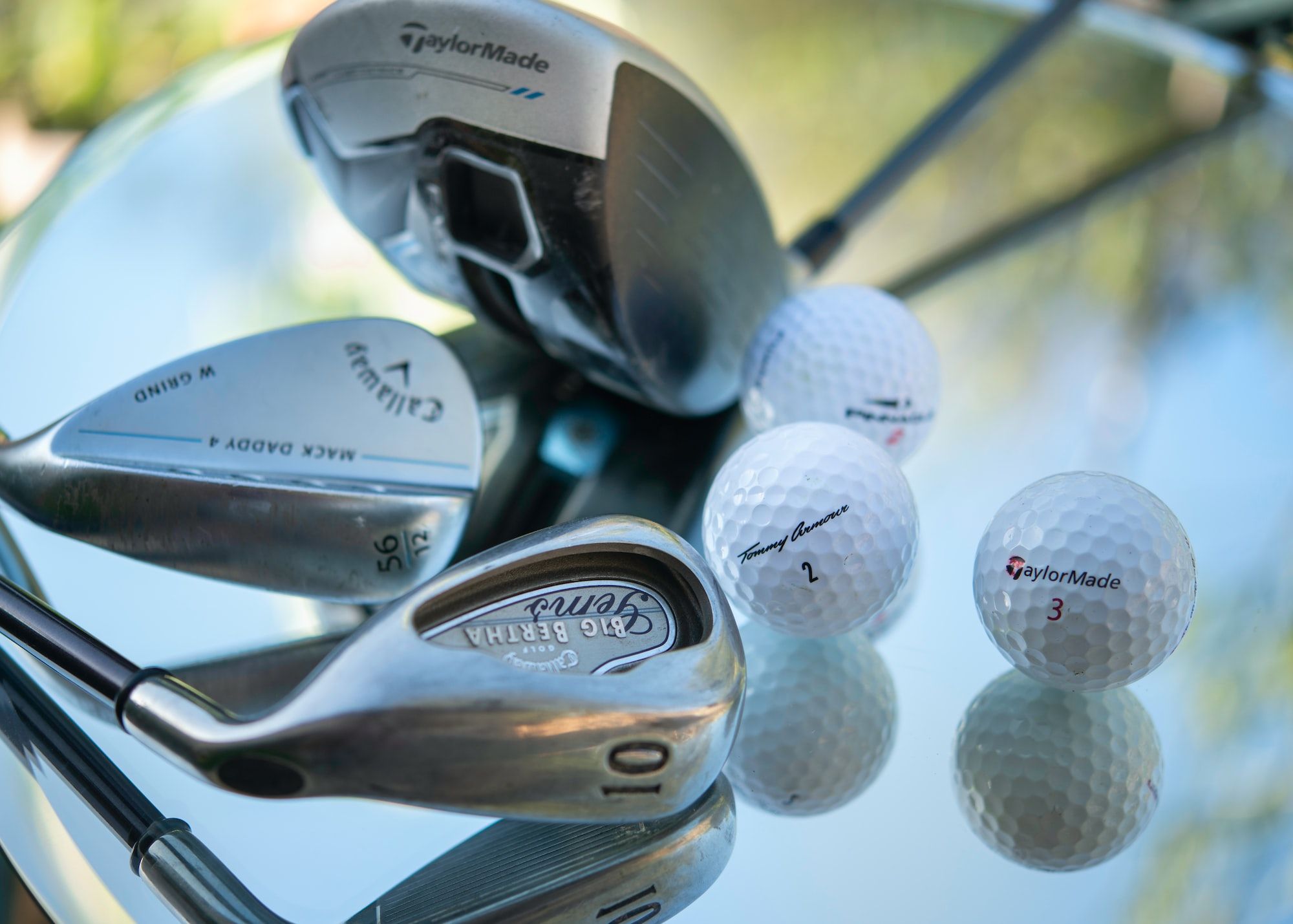Content Summary
Best Golf Drills for Beginners
With our extensive experience and knowledge of golf, in our humble opinion, the one place you do not want to try and learn golf as beginner golfers is on the golf course. I know it sounds like an oxymoron but hear me out. Golf is a sport that requires a lot of patience and practice to master.
When you are on the course there are all kinds of pressures to hurry up and hit your next shot. People behind you waiting, a playing partner who likes to keep a fast pace, you flubbing shots, etc.
This is not conducive to ingraining a quality smooth, repetitive golf swing. Each shot is so pressure packed that your head starts spinning and you don't have time to really analyze your shot and what you could have done better.
This is why you should be practicing at the practice range first.
- We recommend you take at least 2-3 lessons from a pro before you do any practice or even play golf. They will teach you the fundamentals of grip, stance, ball placement, alignment and distance to stand from the ball and impact position. Think of each of these as a golf drill.
- Develop a pre-shot routine. This will enable you to always set up to the ball in a focused manner so you can be in the right mindset before hitting the golf ball.
- Utilize video in your practice. I cannot emphasize enough how valuable video is to let you see exactly what you are doing in your swing. What you feel and what you are actually doing are two different things. Video will point this out for you.
It is much more difficult to unlearn bad golfing habits than to incorporate good ones from the beginning. Trust me, after years of unlearning bad habits I know a thing or two about how difficult it can be.
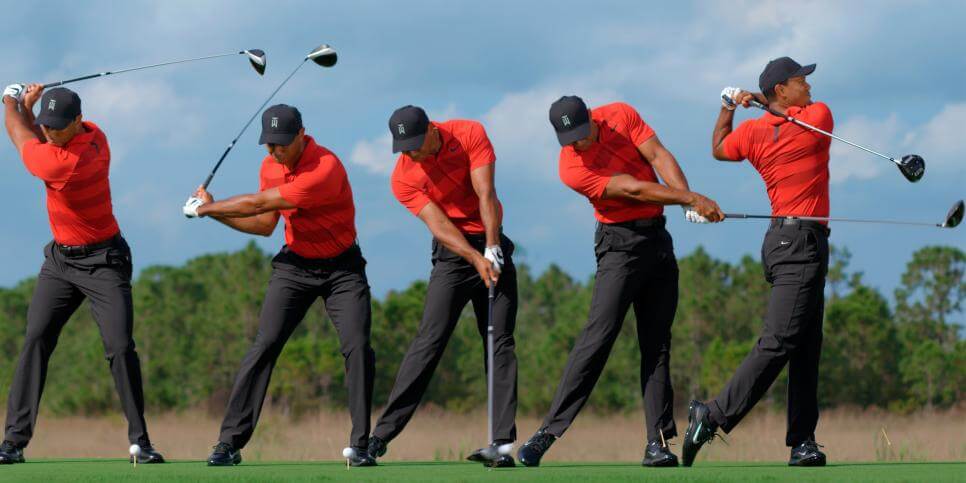
Golf drills are an essential part of any golfer's routine, especially for beginners. There are many benefits to incorporating golf drills into your practice sessions.
First and foremost, drills help you improve your technique and develop muscle memory. By repeating the same movements over and over, you create a neural pathway that makes it easier to recall the proper form during a game (repeating bad form has the same effect, your muscle memory only knows what it is taught not what is good or bad).
In addition to improving your technique, golf drills can also help you work on specific areas of weakness. For example, if you struggle with accuracy off the tee, there are drills that can help improve your swing plane and ball position.
By focusing on these areas in practice, you'll be better prepared when faced with similar shots out on the golf course. Before hitting the course as a beginner golfer, it's important to have a solid foundation in basic skills such as grip, stance, putting, chipping, iron play and wood play.
Without these fundamental skills mastered through consistent practice with drills – even experienced golfers would struggle on the course. Taking time each week to incorporate golf drills into your practice routine– regardless of skill level – helps develop better consistency in all aspects of your golf game which will translate into better scores on the course!
Get a Grip: How Proper Technique Can Improve Your Game
As a beginner, one of the first things you need to master is your grip. A proper grip ensures that the clubface stays square at impact, which is crucial for achieving accuracy and consistency. The ideal grip should be firm but not too tight, allowing for a natural swing motion.
To achieve this ideal grip, start by placing the club grip in your lead hand as the picture below shows. Then place your right hand underneath so that it rests comfortably on top of your left thumb.
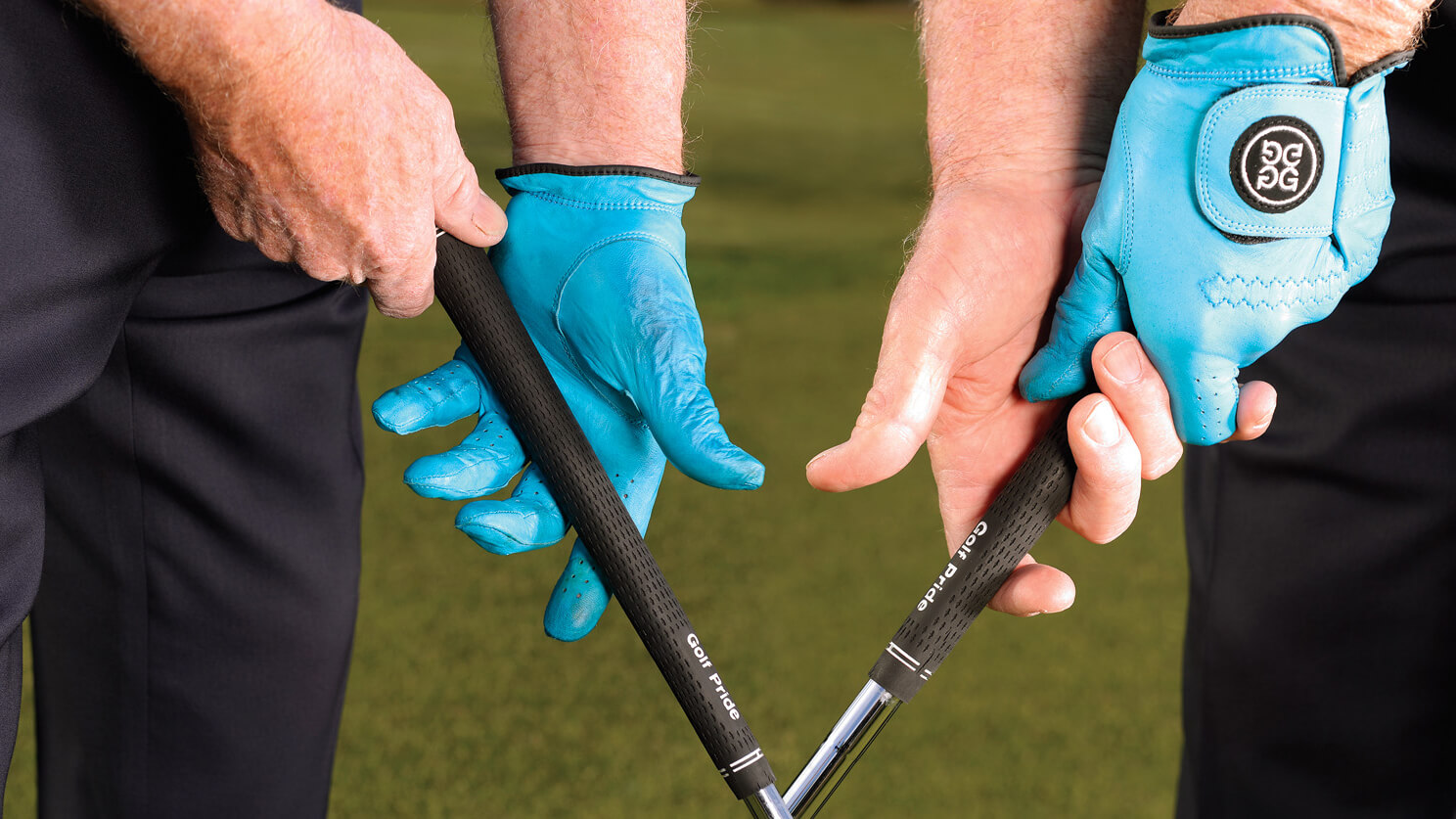
Once you have a solid foundation for your grip, it's important to work on improving your grip strength and consistency. One great drill for this is to practice holding the club in various positions for extended periods of time.
For example, try holding the club in front of you with both hands as if you're about to take a swing and hold it there for 30 seconds or longer. Repeat this drill several times throughout your practice session to build both strength and endurance.
Another key aspect of achieving proper technique is maintaining a balanced stance throughout your swing. This means distributing your weight evenly between both feet and keeping a slight bend in your knees.
To work on maintaining balance during your swing, try standing on one foot with the other raised off the ground while holding onto something sturdy like a golf cart or railing. Practice swinging with just one foot on the ground before switching to the other foot.
Stance Matters: Tips For Achieving Consistency
In addition to having an effective grip, achieving consistent results also relies heavily on having a solid stance. A proper stance starts with positioning yourself parallel to the target line with feet shoulder-width apart and toes pointed slightly outward. From there, bend slightly at the hips and knees while keeping your back straight.
To improve upon this foundation, try practicing various stance drills such as hitting balls with your feet together or standing with a wider stance to see how it affects your swing. Another effective drill is to place a golf ball beneath the arches of both feet while practicing your swing.
This will help you maintain balance and prevent swaying during your backswing. Remember that achieving consistency is all about repetition and practice.
The more you work on developing proper stance techniques, the more natural they will become over time. So don't be afraid to experiment with different drills and techniques until you find what works best for you.
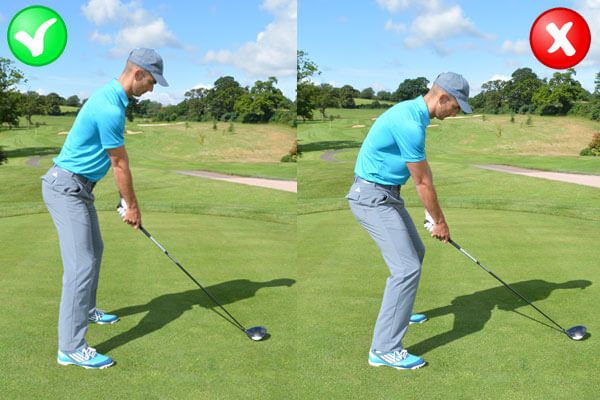
Putting Drills - Mastering the Basics
Putting is the most important aspect of golf. The putter may be your best golf club. It's the part of the game that requires finesse and touch, and it's where most golfers struggle. The key to good putting is to have a solid foundation in the basics.
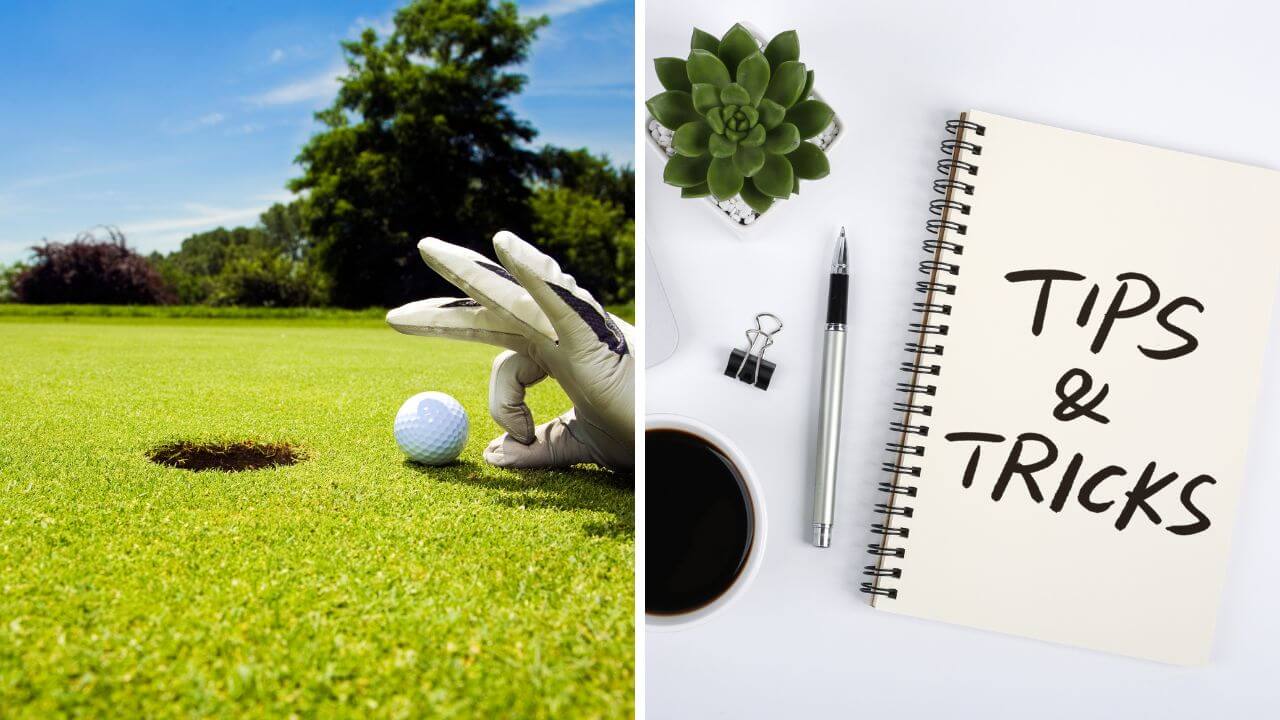
If your average score is 100 and you make 32 putts per round, that's a whopping 30% of your score. Yes, good putting is crucial to your game. The putter and wedge are two golf clubs you should master for better scores.
You need to have a consistent stance, grip, and stroke. When getting into your putting stance, make sure your feet are roughly shoulder-width apart with toes pointing forward.
Your knees should be slightly bent, and your weight should be evenly distributed on both feet for balance. Your grip should be light but firm with both hands on the club.
To execute a proper stroke aim your clubface directly at your target line (not necessarily the hole) and keep it square throughout the entire motion. Your backswing should be smooth and controlled before accelerating through impact to follow-through. Keep your eyes focused on the ball until after impact.
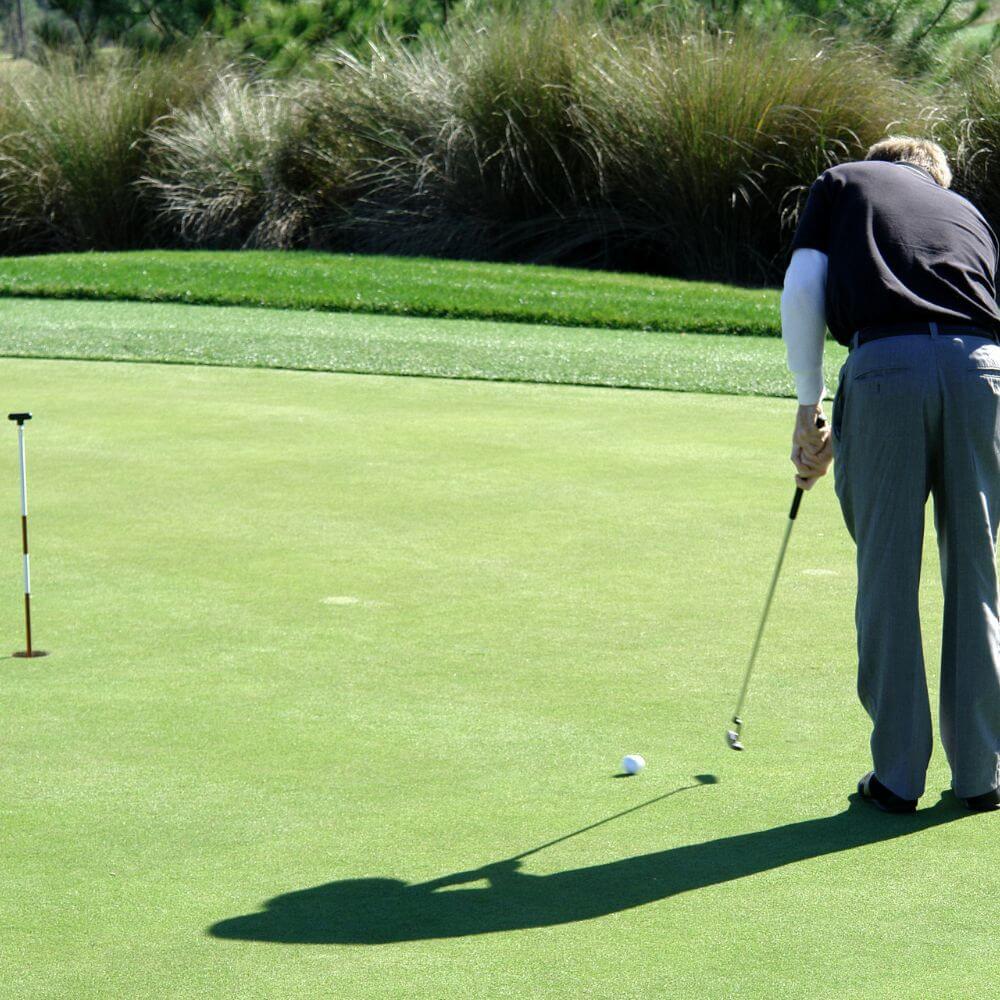
Drills for Accuracy and Distance Control
Once you've nailed down the basics of putting it's time to focus on accuracy and distance control which is an important aspect of becoming a great putter. You want to have speed control on the putting green. A great drill for this purpose is called "Around The World."
It involves placing 6 balls around a hole at even intervals up to 10 feet away from the cup. Start by rimming out each ball from 3 feet away before moving back incrementally (5ft, 7ft, etc.) until you're putting from 10 feet away from every possible angle around the hole.
This will help you develop better accuracy at different distances and angles while also helping with reading putts that break.
Another great drill is called "Gate Drill." First set two tees up in front of your ball leaving just enough space between them for only your putter face to pass through unobstructed - creating an imaginary “gate.” Practice rolling balls between these tees for better directional control.
Reading Greens Effectively
The key to being a great putter is the ability to read greens effectively. This involves understanding how a green slopes and the speed of the putt.
You can start by looking at the overall slope of the green, but also pay attention to any subtle breaks or contours in your line. Try walking around the entire green while looking back at your ball's location, observe where water would flow on that green if it was raining.
This can help you visualize where your ball will end up based on how it breaks and rolls. Getting used to different speeds of greens can be tough but practicing downhill putts is one way to get better at it.
A good drill for this is placing a tee about 3 feet behind a hole and trying to roll balls through it without them going too far past it. Once you get good at this drill, try hitting longer putts with downhill breaks from various distances.
Chipping Drills
Explanation of Chipping Technique
Chipping is a crucial aspect of the game because it can help you save par or even make birdies. It involves hitting the ball onto the green from a short distance away with a high-lofted club, such as a wedge.

When chipping, it's important to keep your weight on your left foot (for right-handed golfers) and keep your wrists firm throughout the swing to ensure accuracy and consistency. Another key factor in chipping is choosing the correct landing spot for your shot.
You should aim for a spot on the green that will allow you to easily roll the ball towards the hole, rather than trying to fly it all the way there. This will help you avoid overshooting or undershooting and give you better control over each shot.

Drills to Improve Accuracy and Distance Control
One effective drill for improving accuracy when chipping is to place two clubs on either side of your target, forming a narrow gate for your ball to pass through. Practicing this drill can help you focus on hitting your target consistently and improve accuracy over time.
Another great drill for chipping is to set up multiple targets at varying distances from where you're standing. This will allow you to practice hitting different types of shots with different clubs, which will help build distance control and confidence in executing each shot effectively.
Tips on How to Choose the Right Club for Each Shot
When deciding which club to use when chipping, it's important to consider factors such as distance from the pin, lie of the ball, type of shot required (e.g., high or low trajectory), and wind conditions.
Generally speaking, higher-lofted clubs like wedges are better suited for short chips around the green where precision is essential, while lower-lofted clubs like irons may be better for longer chips that require more roll.
Also, it's important to practice with different clubs and experiment with different types of shots to figure out which works best for you. By developing a solid understanding of your own strengths and weaknesses as a golfer, you can make more informed decisions about which club to use in each situation and improve your chipping game overall.
Iron Play Drills
Overview of Iron Play Basics
Iron play is the foundation of any great golf game. It's what separates the pros from the amateurs. If you're a beginner, it's important to get your iron play down before moving on to more advanced skills.
The key to good iron play is having a consistent swing and making solid contact with the ball. When practicing iron play, focus on your setup first.
Make sure your body is aligned correctly with the ball and that your feet are shoulder-width apart. Keep your weight evenly distributed between both feet and make sure your grip is relaxed but firm.
When swinging, keep your eyes on the ball at all times and make a smooth, controlled swing. Don't try to swing too hard or you'll lose control of the clubface.
Drills to Improve Ball Striking Consistency
One of the best ways to improve consistency when striking an iron is by doing drills that promote muscle memory. Find a spot on the range where you can hit balls for an extended period without worrying about hitting them too far or too short.
One drill that can help improve consistency is called "gate drill." Place two alignment sticks in front of you so they form a gate around where the ball should be placed. Practice hitting shots through this imaginary gate and focus on making solid contact with every shot.
Another drill that helps improve consistency is called "face angle drill." Use foot spray or chalk powder on your clubface then take swings at a target while trying to keep the face angle consistent throughout every shot. This will help you understand how different swings affect ball flight and how small variations can have a big impact.
How to Adjust for Different Lies on The Course
The final aspect of improving iron play is knowing how to adjust for different lies on the course. When playing on the fairway, the ball will often be sitting up, making it easier to hit. But when playing from the rough or a bunker, the ball will be sitting down and require different technique.
When hitting from a lie that is sitting down, adjust your grip slightly so you can hit down on the ball with more force. You may need to use a club with more loft to get the ball in the air.
When hitting from a lie that is sitting up, try to pick the ball clean off of the ground. This will give you more control over your shots and help prevent mishits.
Overall, improving iron play takes time and practice. By working on your setup, doing drills that promote consistency, and adjusting for different lies on the course, you'll be well on your way to becoming an iron play master!
Wood Play Drills
Explanation of wood play technique
When it comes to using woods and hybrids, you want to ensure you have a smooth swing and proper setup. Start by addressing the ball with your feet shoulder-width apart. Position the ball slightly forward in your stance, closer to your left foot but not too far forward like you would with a driver.
This will help you hit down on the ball with these longer clubs and still achieve a higher launch angle. Next, grip the club firmly but not too tight.
Take a slow backswing and shift your weight onto your back foot as you do so. As you begin your downswing, shift your weight back onto your front foot and make contact with the ball on a slightly descending strike.
Drills to improve swing speed and accuracy with hybrids
One drill that can help improve swing speed and accuracy is practicing hitting balls from an uphill lie. By doing so, you will be forced to adjust your swing plane accordingly and develop more clubhead speed through impact.
Another effective drill is hitting balls from a fairway bunker. This will help you refine both distance control and ball flight trajectory when using woods or hybrids from less-than-ideal lies.
A third drill is swinging with weighted clubs or resistance bands regularly in practice sessions. This can improve strength, flexibility, and overall coordination for longer drives off the tee.
Tips on how to hit fairway woods off the deck
Hitting fairway woods off the deck can be challenging for beginners because they are not as forgiving as irons or wedges. Here are some tips that can help:
First, position the ball closer to the middle of your stance than when using driver or other clubs off of a tee shot - this will allow for better contact with the ground. Secondly, make a full shoulder turn to allow time for your body to start to unwind before your arms start their downward motion. Focus on making solid contact by striking down on the ball slightly; do not try to scoop it into the air.
Ensure you have a consistent tempo throughout your swing and do not over-swing, as this can lead to inconsistency with fairway wood shots.
Golf Hitting Ranges vs Golf Shooting Ranges vs Driving Ranges?
While the terms "golf hitting range," "golf shooting range," and "driving range" may sometimes be used interchangeably, they can have slightly different meanings depending on the context.
A golf hitting range generally refers to an area designated for practicing hitting golf balls. This can include areas for chipping, pitching, and putting, as well as full-swing shots with irons and woods. A hitting range may be located at a golf course or practice facility, and can be indoors or outdoors.
A golf shooting range, on the other hand, usually refers to a course or area where golfers can practice playing full rounds of golf.
This type of range may have a variety of holes and obstacles to simulate the experience of playing a real course. Golf shooting ranges are less common than hitting ranges and are usually found at larger practice facilities or golf resorts.
Finally, a driving range is a specific type of golf hitting range that is designed for practicing full-swing shots with drivers and other long clubs. Driving ranges typically have a series of teeing areas, or "stations," from which golfers hit golf balls out into a large field or range. Many driving ranges also offer targets or markers at various distances to help golfers work on their accuracy.
Conclusion
Throughout this article, we've covered various golf swing drills aimed at helping beginners improve their game. In the first section, we discussed grip and stance drills. We learned that having a proper grip and stance is crucial to hitting consistent shots.
It's important to practice these drills to develop the muscle memory necessary for executing them properly on the course.
We discovered that accuracy and distance control are essential in putting as well as how vital it is to read greens effectively. By practicing these drills regularly, beginners can build confidence in their putting ability.
We looked at chipping drills. We learned that chipping is an essential skill in golf and how choosing the right club for each shot can make a big difference in your scorecard.
We discussed iron play and wood play respectively. These two sections focused on improving ball striking consistency with irons and hybrids/woods while also teaching you how to adjust for different lies on the course.
Thank you for visiting, and we hope to see you back soon!
